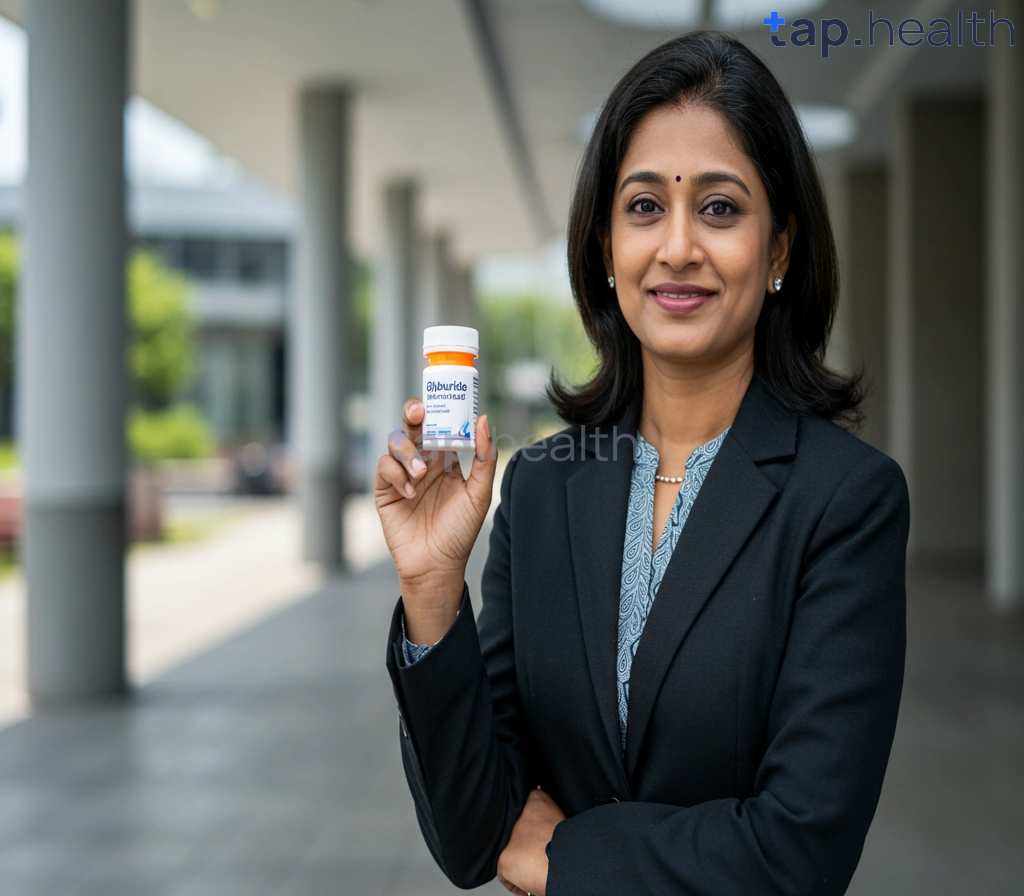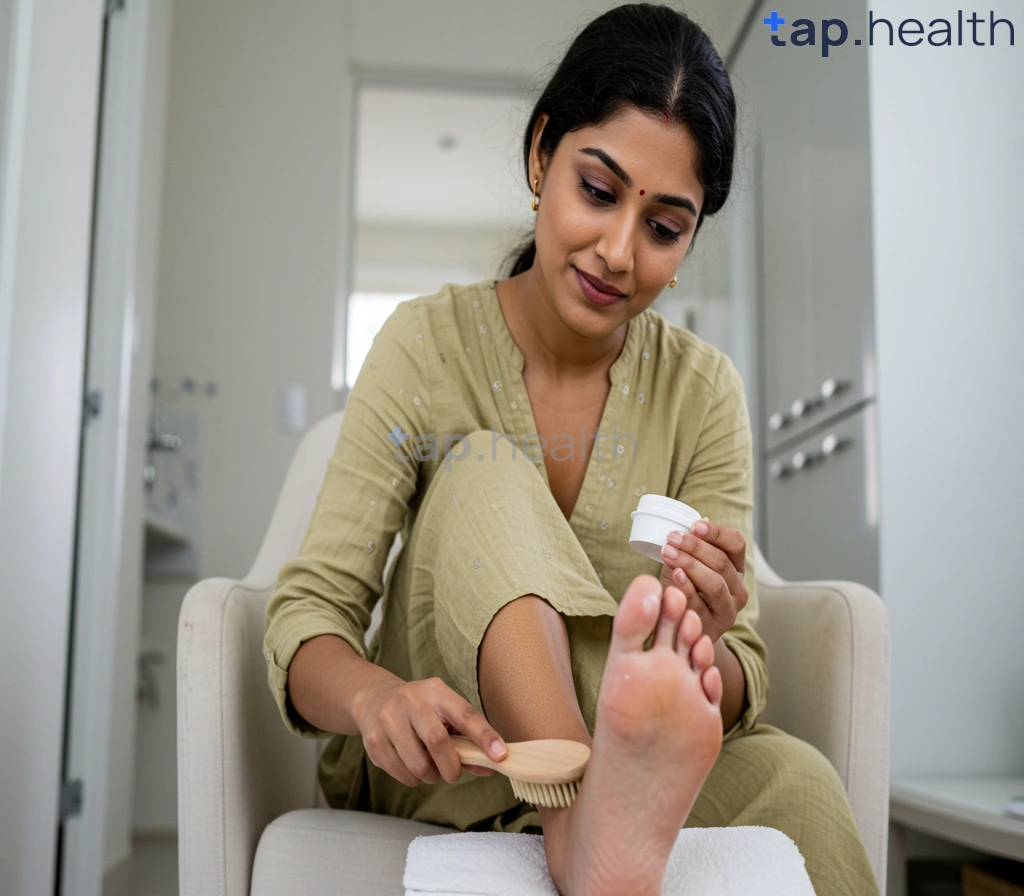Table of Contents
- Predicting Better Glucose Control: Type 1 Diabetes Biomarkers
- Unlocking Glucose Control: Key Biomarkers in Type 1 Diabetes
- Top Biomarkers for Improved Glucose Management in Type 1 Diabetes
- Early Detection of Improved Glucose Control: Biomarker Insights for T1D
- Guide to Biomarkers Predicting Improved Glucose Control in Type 1 Diabetes
- Frequently Asked Questions
- References
Living with type 1 diabetes requires constant vigilance and management, but what if we could predict periods of improved glucose control? Imagine a world where you could proactively adjust your treatment based on reliable indicators. This blog post delves into the exciting field of biomarkers predicting improved glucose control in type 1 diabetes. We’ll explore the latest research on identifying these key biological markers and discuss their potential to revolutionize diabetes management, leading to better health outcomes and improved quality of life for those affected. Get ready to discover how advancements in biomarker research are transforming the landscape of type 1 diabetes care.
Predicting Better Glucose Control: Type 1 Diabetes Biomarkers
Managing type 1 diabetes effectively in Indian and tropical countries presents unique challenges. High HbA1c levels, a key indicator of long-term blood glucose control, are a significant concern. Studies show that over 30% of diabetes patients in various regions exhibit HbA1c levels above 9%, highlighting the urgent need for better predictive tools. This necessitates a focus on identifying reliable biomarkers that can predict improved glucose control and enable proactive management.
Understanding the Role of Biomarkers
Several biomarkers are currently under investigation for their potential to predict better glycemic control in type 1 diabetes. These include advanced glycation end products (AGEs), inflammatory markers like C-reactive protein (CRP), and specific genetic factors. Identifying these biomarkers early can allow for personalized treatment strategies, improving patient outcomes and reducing the risk of long-term complications prevalent in tropical climates, such as diabetic neuropathy and retinopathy. Understanding how type 1 diabetes affects homeostasis is also crucial for effective management. For more information, see our article on How Does Type 1 Diabetes Affect Homeostasis? Key Insights.
Improving Glucose Management in India and Tropical Regions
The high prevalence of diabetes in India and tropical countries necessitates a focus on accessible and culturally relevant strategies. This includes incorporating readily available, cost-effective biomarker testing into routine care, coupled with educational initiatives to raise awareness about the importance of proactive diabetes management. Further research into region-specific biomarkers is crucial for improving the accuracy of predictions and tailoring interventions to specific populations. Adopting 10 Daily Habits for Better Type 1 Diabetes Control can significantly improve your glucose management.
Taking Action for Better Diabetes Management
Regular checkups with your doctor are essential. Open communication with your healthcare provider about your concerns and family history is crucial for early detection and intervention. Exploring available resources and support groups within your community can provide valuable guidance and encouragement in managing your diabetes effectively. Remember, proactive management significantly improves the quality of life for individuals living with type 1 diabetes.
Unlocking Glucose Control: Key Biomarkers in Type 1 Diabetes
While Type 2 diabetes is often characterized by insulin resistance (over 80% of cases, according to research), Type 1 diabetes presents a different challenge: autoimmune destruction of insulin-producing cells. This leads to a constant need for insulin therapy, making effective glucose control paramount. Understanding key biomarkers can significantly improve management and quality of life for individuals with Type 1 diabetes, particularly in regions like India and other tropical countries where access to advanced care can be limited.
Identifying Predictive Biomarkers
Research is increasingly focused on identifying biomarkers that predict how well an individual will respond to insulin therapy and how likely they are to experience complications like diabetic ketoacidosis (DKA). These biomarkers can range from readily available tests like HbA1c levels (measuring long-term blood glucose control) to more advanced analyses of immune function and metabolic markers. Early identification of these indicators is critical in enabling proactive intervention and personalized treatment strategies.
Regional Considerations in Biomarker Application
In India and other tropical countries, factors like lifestyle, diet, and genetic predisposition can influence biomarker interpretation. Further research is needed to establish accurate predictive models specific to these regions, considering the prevalence of certain genetic variants and environmental influences impacting glucose metabolism. Access to advanced testing and specialized care remains a challenge, so focusing on affordable and readily available biomarkers is crucial.
Improving Glucose Control: Practical Steps
Regular monitoring of blood glucose levels, combined with adherence to prescribed insulin regimens, remains the cornerstone of effective management. Working closely with healthcare professionals to interpret biomarker data and adjust treatment plans accordingly is vital. Promoting healthy lifestyle choices such as balanced nutrition and regular physical activity are also crucial, especially in regions where dietary habits may contribute to glucose control challenges. Seek regular consultations with your endocrinologist or diabetes specialist to personalize your treatment plan based on your unique biomarker profile and regional context. For parents of children with Type 1 diabetes, Tips for Parents of Kids with Type 1 Diabetes: Complete Guide offers valuable insights and support. Remember that a Personalized Diabetes Control: Your Key to Better Health is achievable through careful monitoring and collaboration with your healthcare team.
Top Biomarkers for Improved Glucose Management in Type 1 Diabetes
Managing type 1 diabetes effectively is crucial, especially in high-temperature and humidity regions prevalent across India and tropical countries. Approximately 2 million Americans live with this condition, highlighting the global impact. Understanding key biomarkers can significantly improve glucose control and quality of life.
HbA1c: A Cornerstone Biomarker
Hemoglobin A1c (HbA1c) remains a cornerstone in assessing long-term glucose control. Regular monitoring of HbA1c levels helps patients and healthcare professionals track the effectiveness of treatment plans and make necessary adjustments. In tropical climates, factors like dehydration and increased susceptibility to infections (as discussed in Are Type 1 Diabetics Immunocompromised?) can influence glucose levels, making consistent HbA1c monitoring even more critical.
C-Peptide: Reflecting Insulin Production
C-peptide, a byproduct of insulin production, offers valuable insights into the body’s ability to produce its own insulin. Monitoring C-peptide levels can help assess the residual insulin function in individuals with type 1 diabetes, particularly important in managing the disease’s progression. This is especially relevant in resource-constrained settings common in many parts of India and other tropical nations.
Fructosamine: Short-Term Glucose Control
Fructosamine provides a measure of average blood glucose levels over the past two to three weeks. It offers a more immediate reflection of glucose control than HbA1c and can be particularly useful in detecting short-term fluctuations, which are more common in regions with variable climates and dietary habits. This is crucial for timely intervention and optimization of treatment plans. Remember that consistent effort is key, and you can find helpful strategies in 10 Proven Tips for Effective Diabetes Management.
Conclusion: Regular monitoring of these biomarkers, coupled with appropriate lifestyle modifications and adherence to medication regimens, is crucial for achieving optimal glucose control in individuals with type 1 diabetes across India and tropical countries. Consult your doctor to determine the most suitable testing schedule and management strategies based on your individual needs and local conditions. Early detection and proactive management significantly improve the long-term health outcomes for those living with type 1 diabetes in these regions.
Early Detection of Improved Glucose Control: Biomarker Insights for T1D
The challenge of managing Type 1 Diabetes (T1D) effectively is significant, particularly in India and other tropical countries where access to advanced healthcare can be limited. Early detection of improved glucose control is crucial for preventing long-term complications. Fortunately, research is uncovering promising biomarkers that could revolutionize T1D management and improve patient outcomes. These indicators offer a potential pathway to personalized treatment strategies, leading to better glycemic control.
Understanding Biomarkers in T1D Management
Several studies are exploring various biomarkers, such as specific proteins or metabolites in blood, urine, or even sweat, to predict improvements in glucose control. These biomarkers could act as early warning systems, alerting healthcare professionals to positive or negative trends in a patient’s condition before significant changes are reflected in traditional HbA1c levels. This early detection is particularly vital in high-risk populations prevalent in tropical climates, where factors like lifestyle and access to healthcare can influence T1D management. Imagine the impact on patient well-being if doctors could proactively adjust treatment based on these predictive indicators!
Regional Considerations and Actionable Steps
The development and implementation of biomarker-based T1D management strategies need to consider the specific challenges faced in regions like India. Accessibility to advanced diagnostic tools and trained professionals remains a significant hurdle. However, even with these limitations, raising awareness among healthcare providers and patients about the potential of these emerging biomarkers is crucial. Promoting research and collaborative initiatives between local healthcare systems and international research institutions is key to ensuring that these advancements reach those who need them most. Individuals with T1D in India and other tropical countries should actively discuss the possibility of biomarker testing with their endocrinologists to explore if it’s a suitable option for their individual care. Early and proactive management, guided by biomarker insights, can significantly improve the quality of life for those living with T1D. While the annual risk of developing type 2 diabetes (T2D) in individuals with prediabetes is reported to be 5-10% (according to this research), the focus on early intervention and personalized treatment through biomarkers holds immense promise for managing T1D effectively. Regular monitoring of blood sugar levels is also crucial, and understanding how to interpret your HbA1c test results can help you and your doctor track your progress.
Guide to Biomarkers Predicting Improved Glucose Control in Type 1 Diabetes
Maintaining optimal glucose control is crucial for individuals with Type 1 diabetes, especially in hot and humid climates prevalent across India and other tropical countries. These conditions can exacerbate existing challenges, making consistent monitoring and management even more critical. Understanding key biomarkers can significantly improve this process.
Identifying Predictive Biomarkers
Several biomarkers can indicate a trend towards better glucose control. HbA1c, a measure of average blood glucose over the past two to three months, is a primary indicator. An HbA1c level below 5.7% is considered normal; levels between 5.7% and 6.4% suggest prediabetes, while levels of 6.5% or higher indicate diabetes. Regular monitoring of HbA1c, coupled with other biomarkers, provides a comprehensive picture of glucose management. Consistent monitoring is particularly important in tropical regions due to increased risk of dehydration and fluctuation in blood sugar levels.
Other significant biomarkers include fasting plasma glucose (FPG) and postprandial glucose (PPG). Tracking these alongside HbA1c offers a more nuanced understanding of glucose fluctuations throughout the day. Furthermore, factors like weight, body mass index (BMI), and insulin sensitivity, though not strictly biomarkers in themselves, are crucial indicators of overall metabolic health and can indirectly predict improved glucose control. Regular consultations with healthcare professionals are vital for interpreting these biomarkers and adjusting treatment plans accordingly.
Actionable Steps for Improved Glucose Control
In India and other tropical countries, maintaining hydration is vital for glucose management. Simple dietary adjustments, such as incorporating foods with a low glycemic index, can also contribute to better control. Regular physical activity, tailored to the climate, plays a significant role in improving insulin sensitivity. Prioritizing these lifestyle modifications, along with close monitoring of key biomarkers, is key to achieving and maintaining optimal glucose control. Understanding the Difference between Type 1 and Type 2 Diabetes: Symptoms and Causes can also be helpful in managing expectations and treatment plans.
Regional Considerations
Access to healthcare and resources can vary across different regions in India and tropical countries. Seeking advice from local endocrinologists and diabetes specialists is crucial to develop a personalized management plan that accounts for specific environmental and lifestyle factors. Joining local support groups can also provide valuable insights and emotional support throughout this journey. As you age, the challenges of managing diabetes can change, so it’s important to be aware of the specific issues discussed in Managing Diabetes as You Age: Challenges and Solutions.
Frequently Asked Questions on Biomarkers Predicting Improved Glucose Control in Type 1 Diabetes
Q1. What are the biggest challenges in managing type 1 diabetes, especially in tropical regions like India?
A major challenge is the high percentage of patients with HbA1c levels above 9%, indicating poor blood sugar control. This leads to an increased risk of complications.
Q2. What biomarkers are being studied to improve type 1 diabetes management?
Researchers are exploring biomarkers like advanced glycation end products (AGEs), C-reactive protein (CRP), and genetic factors to predict individual responses to treatment and enable personalized care.
Q3. How can I monitor my blood sugar levels effectively?
Regularly check your HbA1c (long-term), C-peptide (insulin production), and fructosamine (short-term) levels. Maintain open communication with your healthcare provider and adhere to your insulin regimen.
Q4. What lifestyle changes can help improve my glucose control?
Lifestyle modifications, combined with medication, are crucial. These may include dietary changes, regular exercise, and stress management techniques. Your doctor can provide tailored recommendations.
Q5. What is being done to improve access to better diabetes care, particularly in resource-limited settings?
Research focuses on developing cost-effective biomarker testing methods and culturally relevant educational programs to improve access to better care and treatment in regions like India.
References
- Blood Glucose Level Prediction in Type 1 Diabetes Using Machine Learning: https://arxiv.org/pdf/2502.00065
- A Practical Guide to Integrated Type 2 Diabetes Care: https://www.hse.ie/eng/services/list/2/primarycare/east-coast-diabetes-service/management-of-type-2-diabetes/diabetes-and-pregnancy/icgp-guide-to-integrated-type-2.pdf





